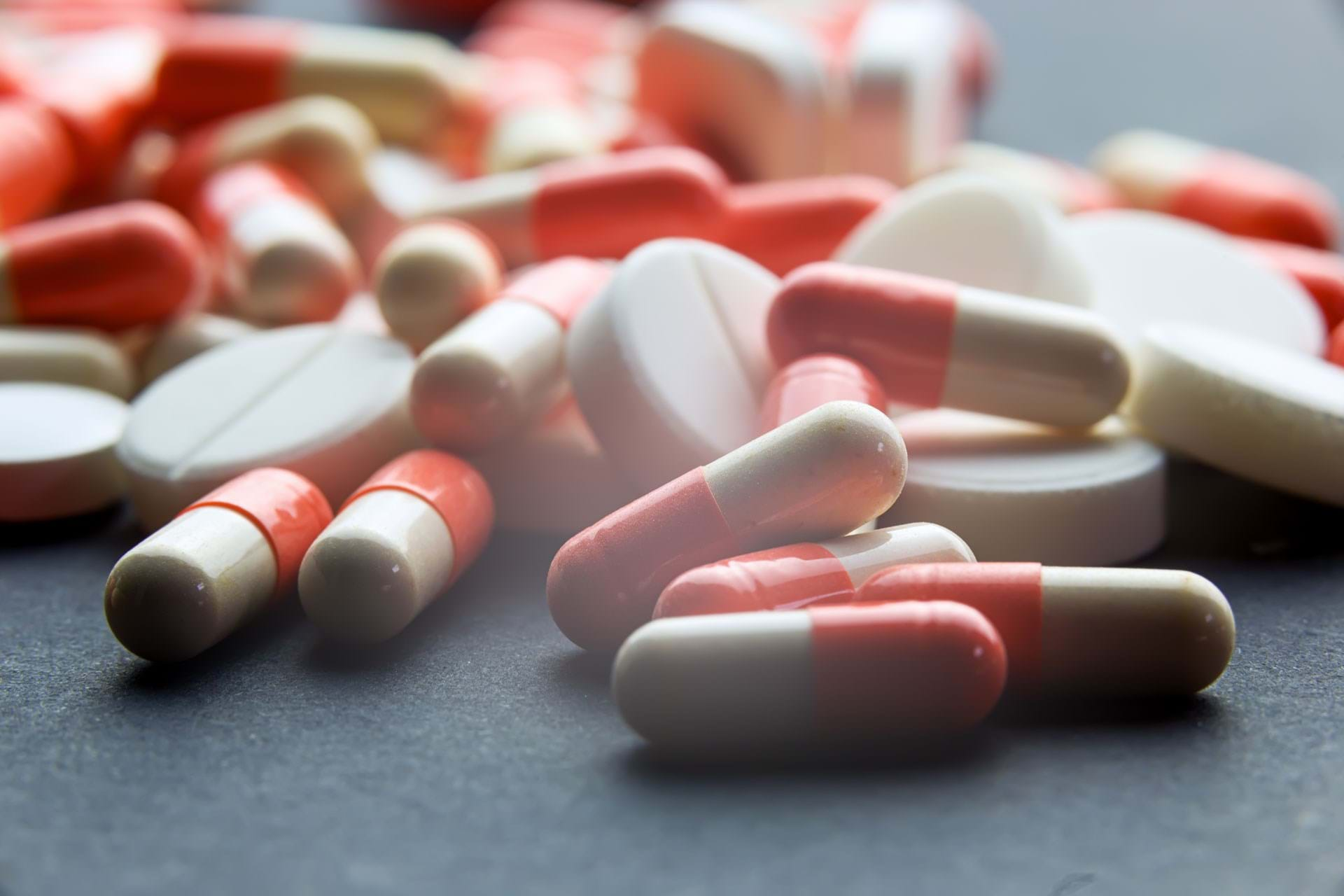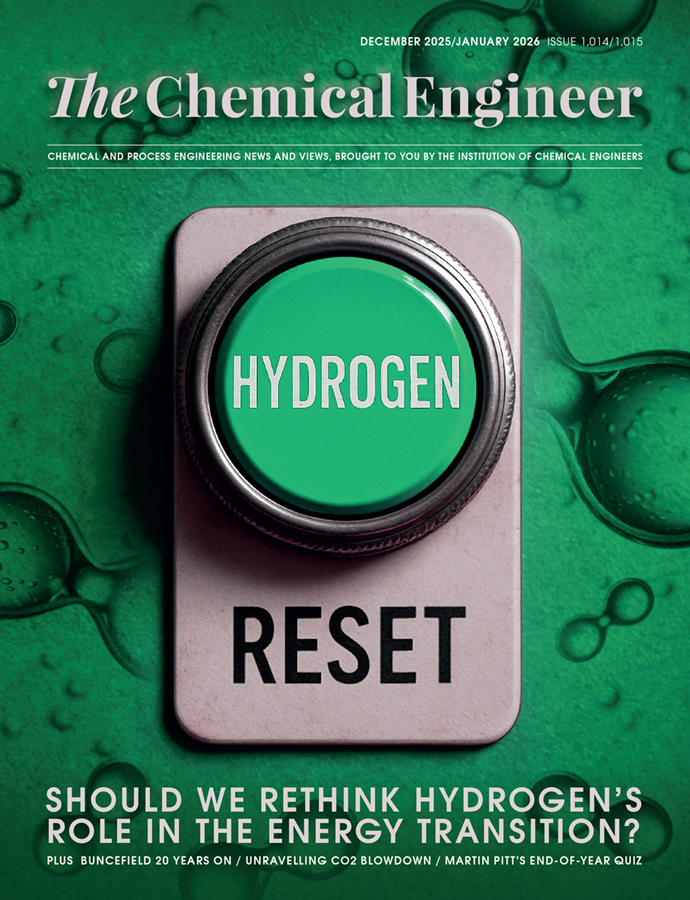Pharma’s US$150bn investment in US sparks ‘exodus’ fears

PHARMACEUTICAL companies have invested more than US$150bn in US manufacturing and R&D since the election of Donald Trump, triggering lobbying for legislative intervention to prevent an “exodus” from Europe.
Swiss company Roche is the latest to announce US investment plans, saying last week that it will be investing US$50bn over the next five years. The investment will facilitate expansion to manufacturing sites in Kentucky, Indiana, New Jersey, Oregon, and California, along with construction of a new gene therapy factory in Pennsylvania and a new production plant for continuous glucose monitoring devices in Indiana. The company also plans to build a manufacturing centre for weight loss medicines, the location of which is yet to be announced, and a new R&D centre in Massachusetts.
Roche’s plans follow similar announcements from other pharmaceutical companies in recent weeks. Switzerland-based Novartis pledged US$23bn for US expansion in April, while Johnson & Johnson and Eli Lilly, both US-headquartered but with manufacturing sites across Europe, announced US$55bn and US$27bn US investments respectively. UK-based AstraZeneca announced a US$3.5bn expansion in November.
The pharmaceutical industry was initially excluded from tariffs announced by Trump in March, although he has recently threatened to end the exemption “very shortly”.
Since 1995, a World Trade Organization (WTO) agreement – still upheld by the US – has required countries to impose zero or minimal tariffs on finished drugs to help keep them affordable.
Trump also reportedly threatened pharma executives at a meeting in the White House in February, when he told CEOs of Eli Lilly, Pfizer, and Merck to prioritise onshoring manufacturing or face tariffs. Later that week Eli Lilly announced their US$27bn investment plans.
Medical devices were not covered by the tariff exclusion for pharmaceutical products. Switzerland exports nearly a quarter of its medical devices to the US which are now subject to 31% tariffs – much higher than the 20% on EU exports and 10% for the UK.
The industry will invest in producing more active ingredients in the US, which in recent years has been reliant on imports. According to US Pharmacopeia (USP) data, 12% of active pharmaceutical ingredients in prescription drugs on the US market in 2024, excluding intravenous fluids, were manufactured domestically. Meanwhile, 60% was produced in India, EU states and China.
Roche has said that their investment plans have been drawn up to ensure it exports more medicines from the US than it imports into the country. CEO Thomas Schinecker stressed the company’s existing presence in the US, saying the “investments underscore our long-standing commitment to research, development and manufacturing in the US”.
‘New global context’
In April, the European Federation of Pharmaceutical Industries and Associations (EFPIA) met with European Commission president Ursula von der Leyen to warn of an “exodus” of companies to the US amid the threat of US tariffs, lobbying for a regulatory framework that “attracts, values and rewards innovation in line with other economies”.
Novartis CEO Vas Narasimhan and Sanofi CEO Paul Hudson went a step further in a letter to the Financial Times, calling on the EU to increase drug prices to bring them closer to US prices which are around a third higher than in Europe. Citing recent big investment announcements, including from Novartis, they accused the EU of “failing to properly value innovation”, adding that “in the new world context, Europe’s pharmaceutical model of producing in Europe and exporting to the US cannot continue”.
Last year, pharmaceuticals were the EU’s top export to the US, worth US$127bn.
The original version of this article stated that 96% of active pharmaceutical ingredients (APIs) in US drugs were imported in 2023, and that 82% of the total was produced in India and China. These figures came from the US Pharmacopeia (USP) and reflected API production capability, rather than actual production volume. The article has been updated with more accurate USP data that is based on actual production volume of APIs.
Recent Editions
Catch up on the latest news, views and jobs from The Chemical Engineer. Below are the four latest issues. View a wider selection of the archive from within the Magazine section of this site.




